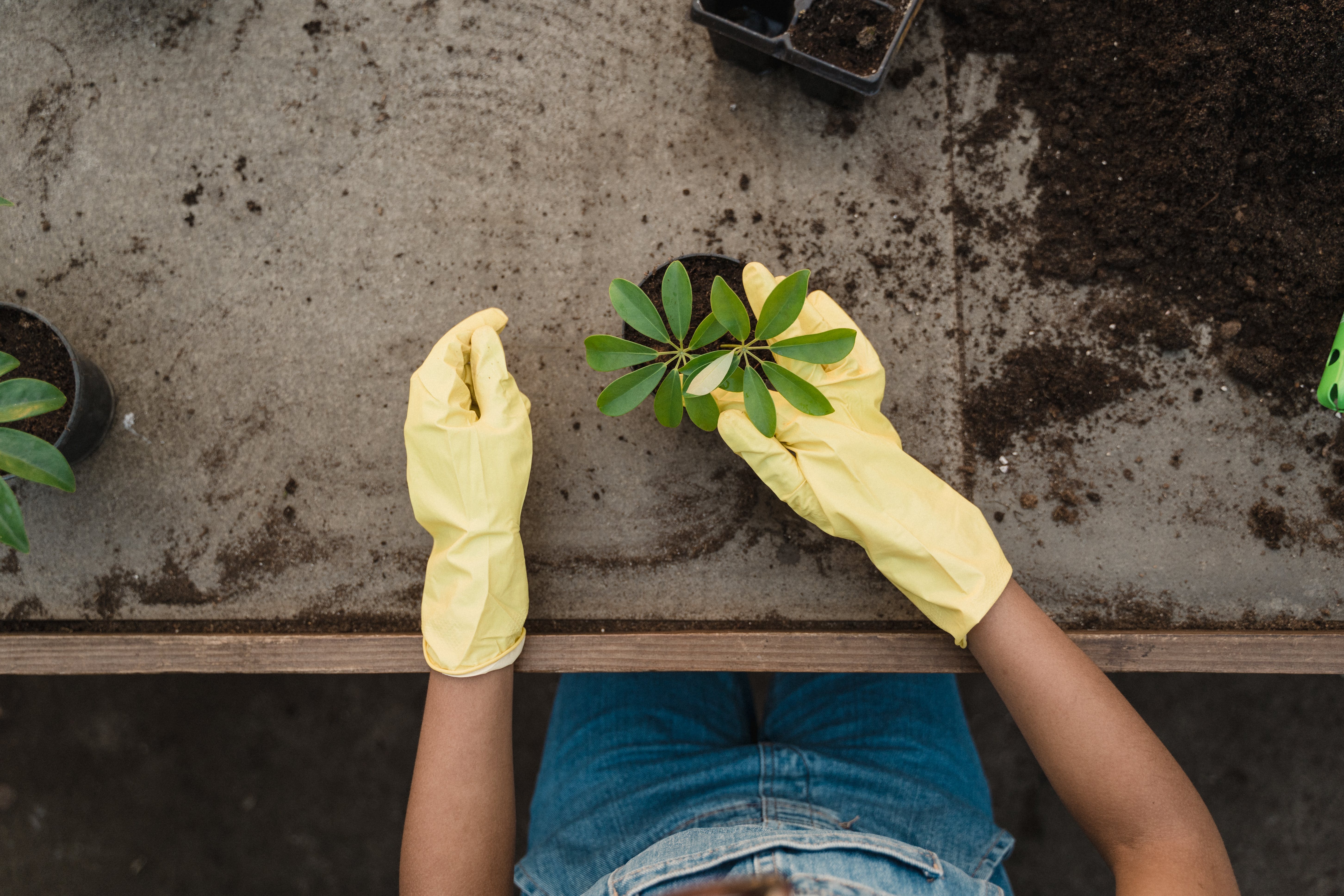Are you new to gardening and want to do it in a way that’s good for the planet? You’ve come to the right spot!
Sustainable gardening is all about being kind to the Earth while growing your plants. It’s not as tricky as it sounds, and anyone can do it. Let’s dive in and learn what it’s all about and why it’s so important for our world.
What Is Sustainable Gardening?
In layman’s terms, sustainable gardening is the practice of cultivating plants in a way that doesn’t harm the environment, making the most of natural resources without depleting them. Think of it as gardening in harmony with nature, where every aspect – from soil health to water conservation – is managed with sustainability in mind.
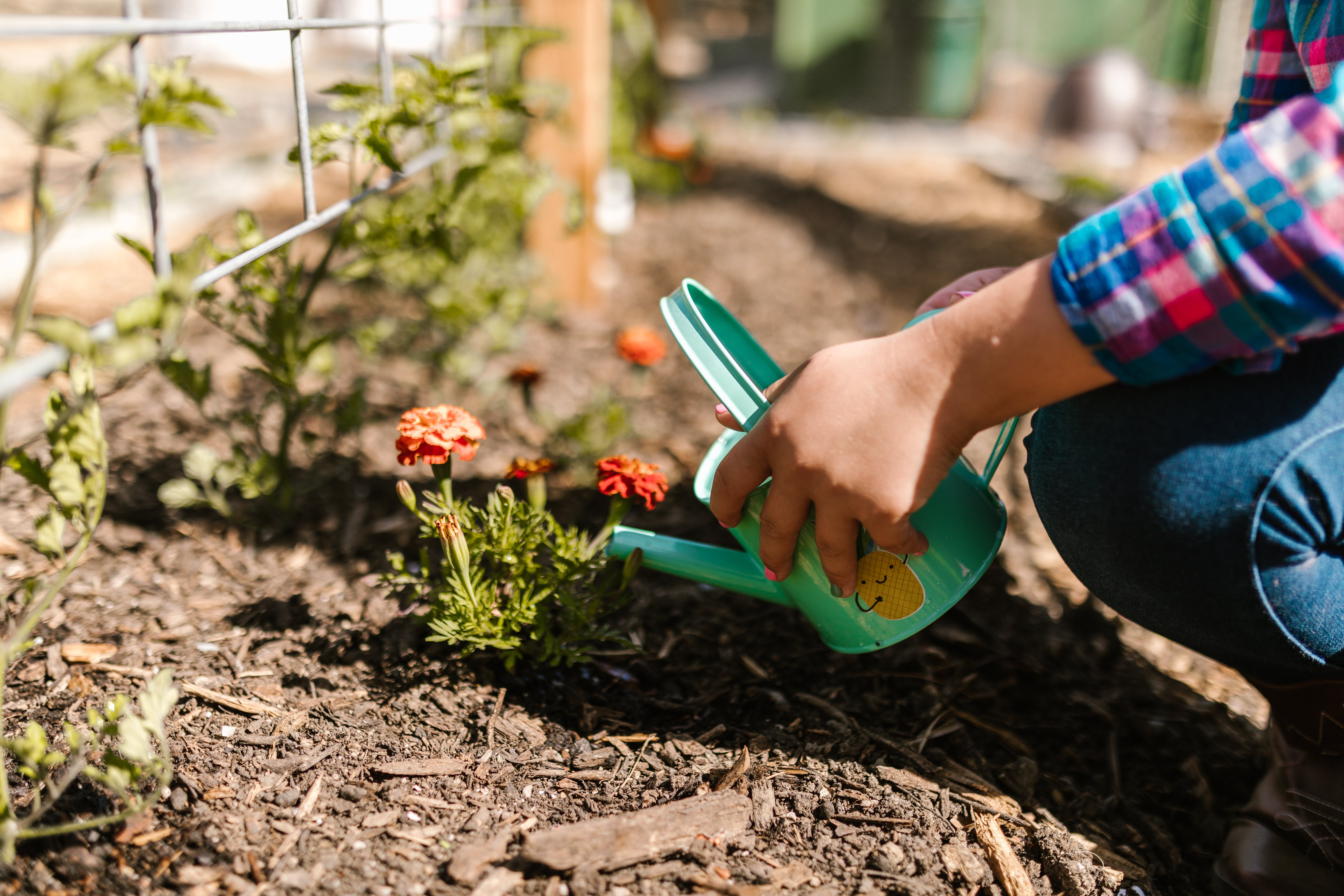
What Are the Benefits of Sustainable Gardening?
The importance of sustainable gardening stretches beyond mere aesthetics. Here are some of its key environmental benefits:
Combats Climate Change
The world is grappling with the adverse effects of climate change, and every little step counts. So, how does sustainable gardening help?
- Carbon Absorption: Plants, by their very nature, act as carbon sinks. They absorb carbon dioxide, a primary greenhouse gas, and release oxygen. The more we plant and nurture, the more carbon we can sequester from the atmosphere.
- Reduced Carbon Footprint: Sustainable gardening practices, such as composting, reduce the need for synthetic fertilisers and pesticides, which have a significant carbon footprint due to their manufacturing and transportation processes.
Promotes Biodiversity
When you create a sustainable garden, you’re doing more than just planting – you’re creating a habitat.
- Welcoming Wildlife: Sustainable gardens can become mini-ecosystems. By avoiding chemicals and opting for diverse plants, you attract birds, bees, butterflies, and other creatures, enriching the local wildlife.
- Preserving Plant Diversity: A mix of native plants in a garden ensures that we help maintain the genetic diversity essential for resilience against pests, diseases, and changing climate conditions.
Conserves Resources
Our planet’s resources are finite, and their conservation is crucial.
- Water Conservation: Techniques like rainwater harvesting and using drought-resistant plants ensure that we use water judiciously. Efficient irrigation systems, like drip irrigation, also reduce water waste.
- Recycling and Reducing Waste: By composting kitchen scraps and garden waste, we not only reduce the amount of waste sent to landfills but also create nutrient-rich compost that feeds the soil, eliminating the need for chemical fertilisers.
Enhances Soil Health
Healthy soil is the foundation of a thriving garden, and sustainable gardening puts a strong emphasis on maintaining and improving it.
- Natural Fertilisers: Using compost and organic matter enriches the soil with essential nutrients. It’s like feeding the soil a balanced diet, which, in turn, nourishes the plants.
- Avoiding Soil Degradation: Excessive tilling and the use of chemical pesticides and fertilisers can strip the soil of its natural nutrients, making it less fertile over time. Sustainable gardening promotes methods like mulching and crop rotation, which not only protect the soil from erosion but also enhance its quality.
- Promoting Beneficial Microorganisms: Healthy soil teems with beneficial bacteria, fungi, and other microorganisms that aid plant growth, improve soil structure, and fend off pests.
What Are the Principles of Sustainable Gardening?
Taking the leap from a conventional garden to a sustainable one is a commendable move. It’s not just about aesthetics; it’s about designing with intention, purpose, and care for the environment.
So, where should one begin? By understanding and embracing the core principles of sustainable garden design.
1. Use Native Plants
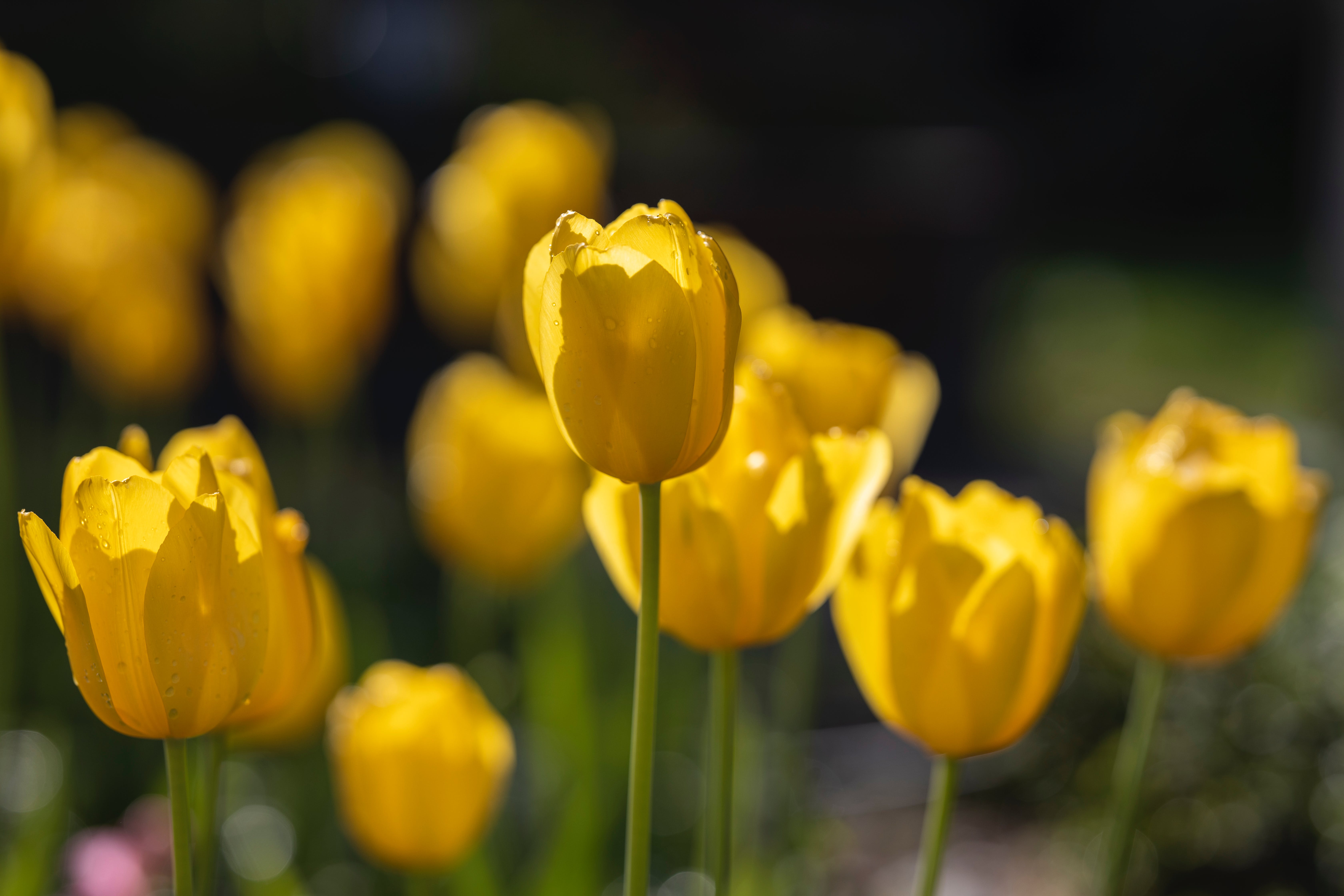
Going local is not just a trend in dining but also in gardening.
Why Native Plants?
They’ve co-evolved with local insects, birds, and other wildlife over millions of years. This means they’re naturally resilient to local pests and diseases, reducing the need for chemical interventions.
Water and Care Efficiency
Because they’re adapted to local soil and climate conditions, native plants generally require less water and maintenance compared to exotic species. They’ve naturally learned how to thrive in the specific conditions of your region.
2. Practice Crop Rotation
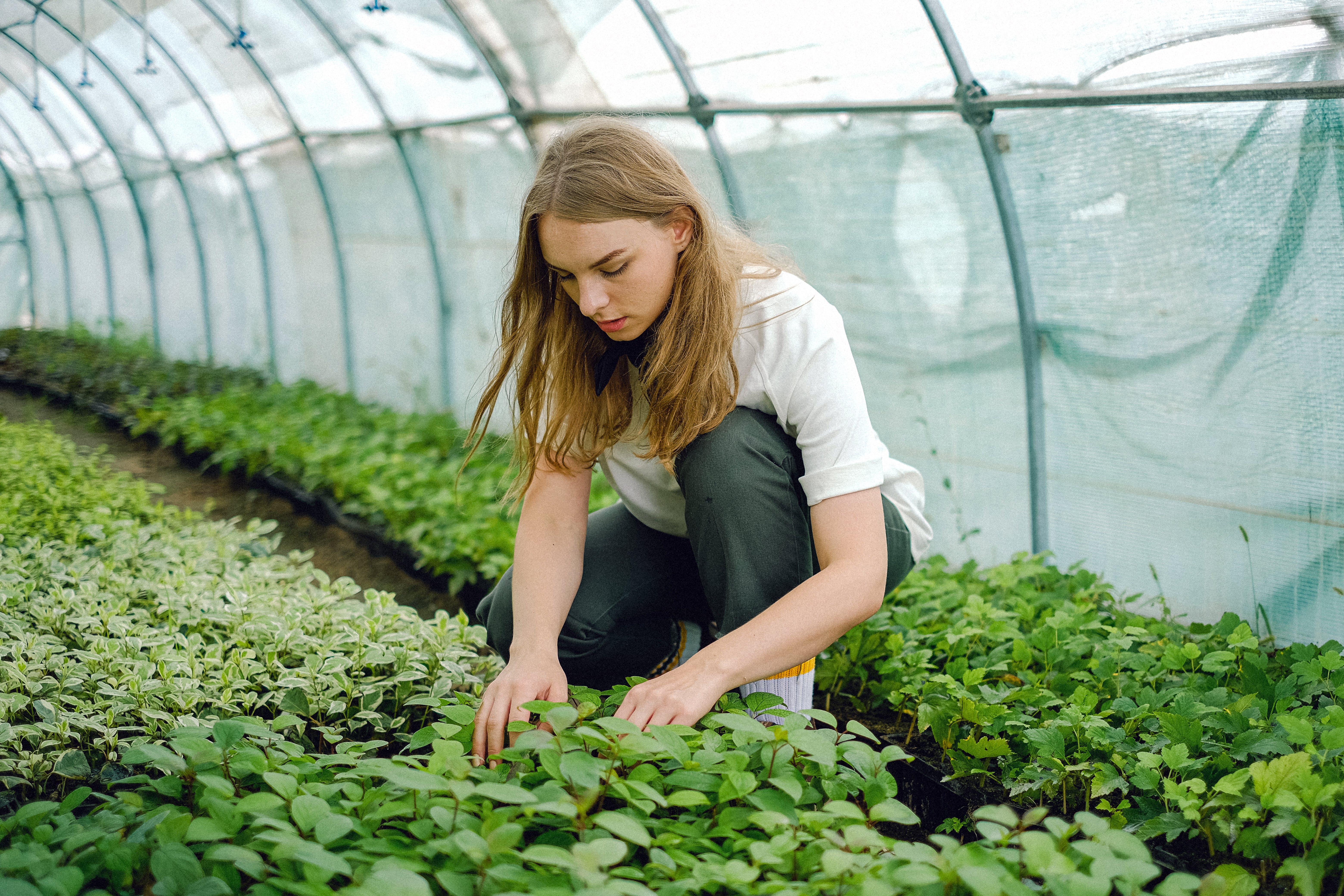
This age-old farming practice has its roots in sustainability.
Breaking the Disease Cycle
Continuously planting the same crops in the same spot can make your garden a magnet for specific pests and diseases. Rotating crops breaks this cycle, keeping those problems at bay.
Nutrient Balancing
Different plants have varying nutrient needs. By rotating crops, you ensure that the soil doesn’t get depleted of specific nutrients. For instance, legumes can fix nitrogen in the soil, benefiting crops that follow.
3. Limit or Eliminate Chemicals
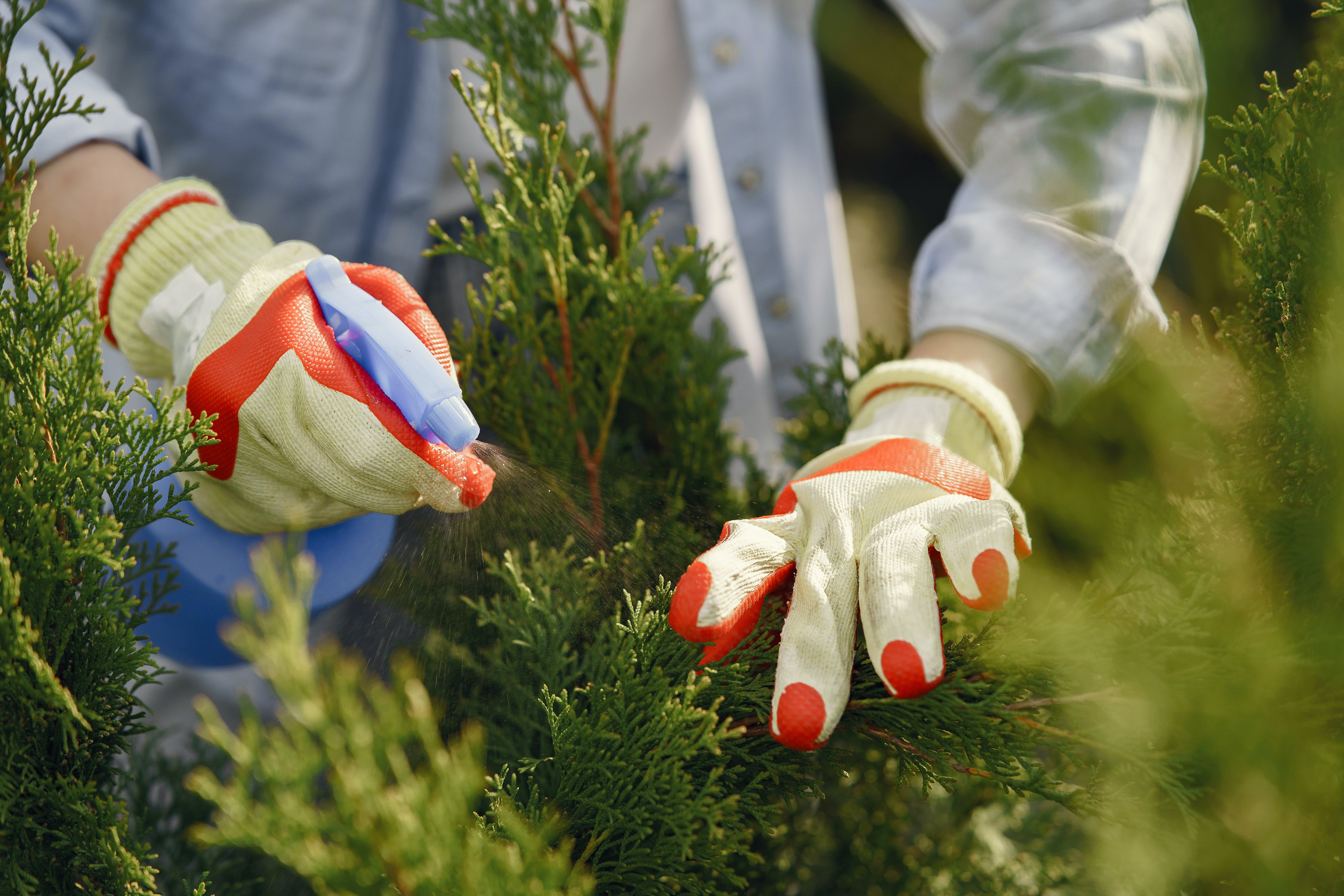
A garden should be a sanctuary free from harmful substances.
The Problem with Chemicals
Synthetic pesticides and fertilisers can harm beneficial insects, contaminate water sources, and affect soil health. Over time, pests can also become resistant to these chemicals, rendering them ineffective.
Natural Alternatives
By introducing beneficial insects, companion planting, or using organic and biological controls, gardeners can manage pest problems. Similarly, natural compost and organic fertilisers can feed the soil without introducing harmful chemicals.
4. Implement Water-saving Technique
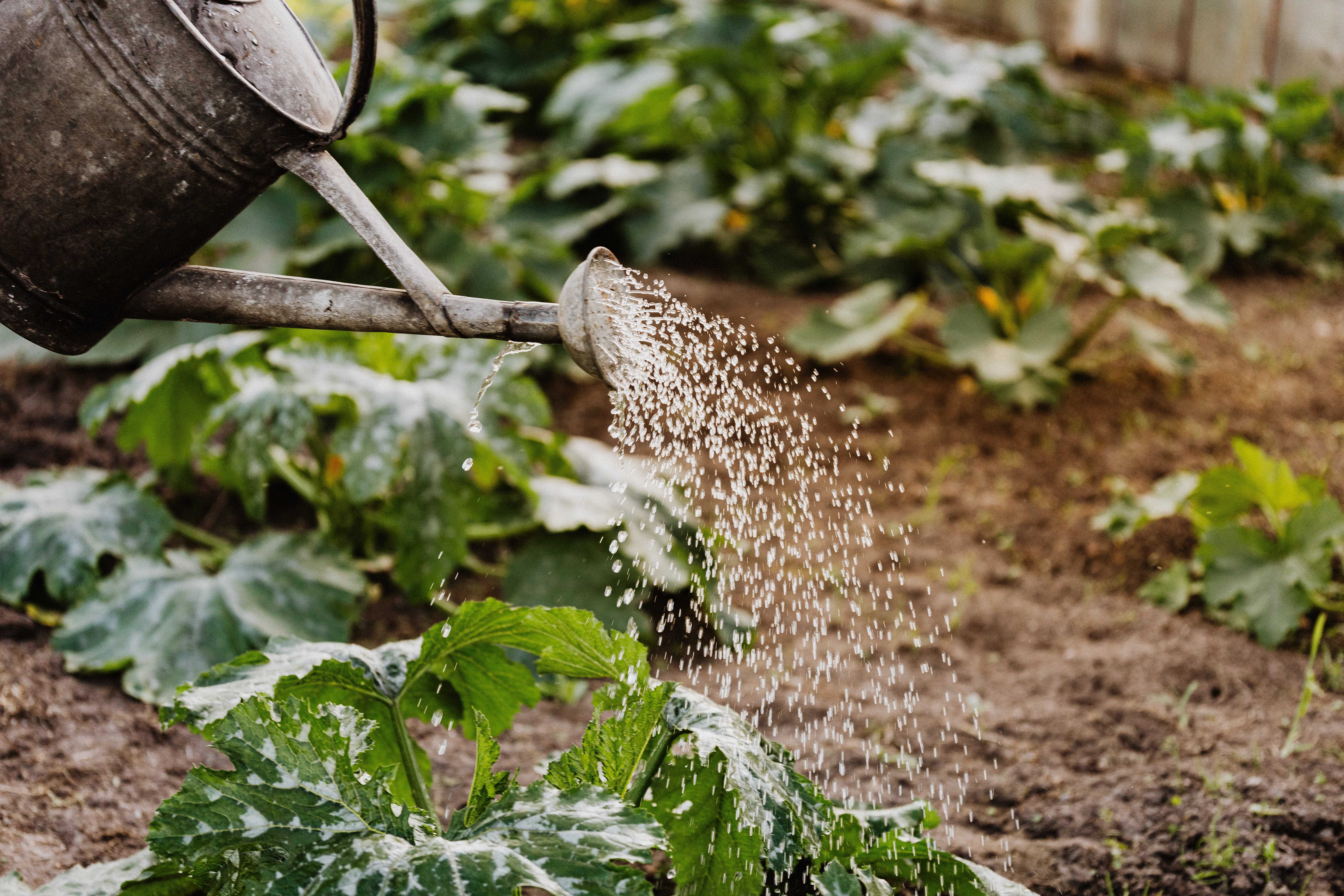
Water is a precious resource, and its conservation is paramount.
Drought-resistant Plants
Opting for plants that thrive with less water reduces the need for frequent watering. These plants have typically adapted to store water or have deep-root systems to tap into underground sources.
Rainwater Harvesting
Instead of letting rainwater run, collecting it in barrels or storage systems can provide an eco-friendly water source for your plants. Pairing this with efficient irrigation methods, like soaker hoses or drip systems, ensures that every drop counts.
Sustainable Gardening Tips for Beginners
Embarking on a sustainable gardening journey may sound overwhelming, especially if you’re a novice. But fret not! With the right techniques and methods, you can smoothly transition and enjoy the bounty of a thriving, eco-friendly garden. Here’s a comprehensive guide to set you on the right path:
1. Start with Soil Testing
Your garden’s foundation is the soil. It dictates how well your plants will grow. By understanding your soil’s nutrient content and pH level, you can make informed decisions about what to plant and if any soil amendments are needed. Nowadays, simple soil testing kits are available in garden stores and online. These kits offer quick insights into your soil’s composition.
2. Compost
Nature’s gold, composting is one of the best ways to nurture your garden. By recycling kitchen scraps and garden waste, you create a rich, dark, crumbly medium full of nutrients. It’s a natural fertiliser that boosts soil health.
Begin with a compost bin or pile. Layer green waste (like vegetable peels) with brown waste (like dried leaves). Turn it occasionally, and over time, it’ll break down into compost.
3. Use Mulch
Think of mulch as a protective blanket for your garden. It conserves soil moisture, suppresses weed growth, and enhances soil health by preventing erosion and adding organic matter as it decomposes. From straw and wood chips to compost, there are various mulching materials available. Choose one based on your garden’s needs.
4. Introduce Beneficial Insects
Say goodbye to harmful pesticides and hello to nature’s pest control. Ladybugs, praying mantises, and lacewings are among the insects that prey on common garden pests. They keep the ecosystem balanced. Planting flowers like marigolds or dill can act as magnets for these beneficial bugs.
5. Practice Companion Planting
Nature has its way of maintaining harmony. Certain plants, when grown together, can help each other out by repelling pests or enhancing growth. For example, tomatoes and basil are great partners. Basil repels the tomato hornworm.
6. Avoid Tilling
While it might be a common practice, tilling can disrupt the natural soil structure, harm beneficial microorganisms, and increase soil erosion. Instead, opt for a no-till approach. By leaving the soil undisturbed, you preserve its natural integrity and promote a thriving underground ecosystem. Over time, your soil becomes more fertile, and the need for amendments reduces.
7. Capture and Store Rainwater
Rainwater is a free, natural resource that’s often underutilised. By setting up rain barrels or other rainwater harvesting systems, you can capture and store this precious liquid. Using rainwater in your garden reduces the demand on local water sources and is typically softer, with no added chemicals, making it better for plants. Position barrels or containers under downspouts to maximise collection.
8. Go Organic
Switch to organic gardening practices to protect the environment and the health of your garden. This means avoiding synthetic fertilisers, pesticides, and herbicides. Instead, rely on natural methods and solutions. Use organic fertilisers, like seaweed or manure, which are not only effective but also nourish the soil. Also, by cultivating a diverse garden, you naturally deter pests, reducing the need for chemical interventions.
With these tips in hand, your journey towards sustainable gardening will not only be easier but also more rewarding. Embrace the natural processes and rhythms of the environment, and your garden will thrive in harmony with nature.
Practical Ideas for a Sustainable Garden at Home
Ready to dip your toes into the world of sustainable gardening? Here are uncomplicated yet impactful suggestions to infuse eco-friendliness into your backyard:
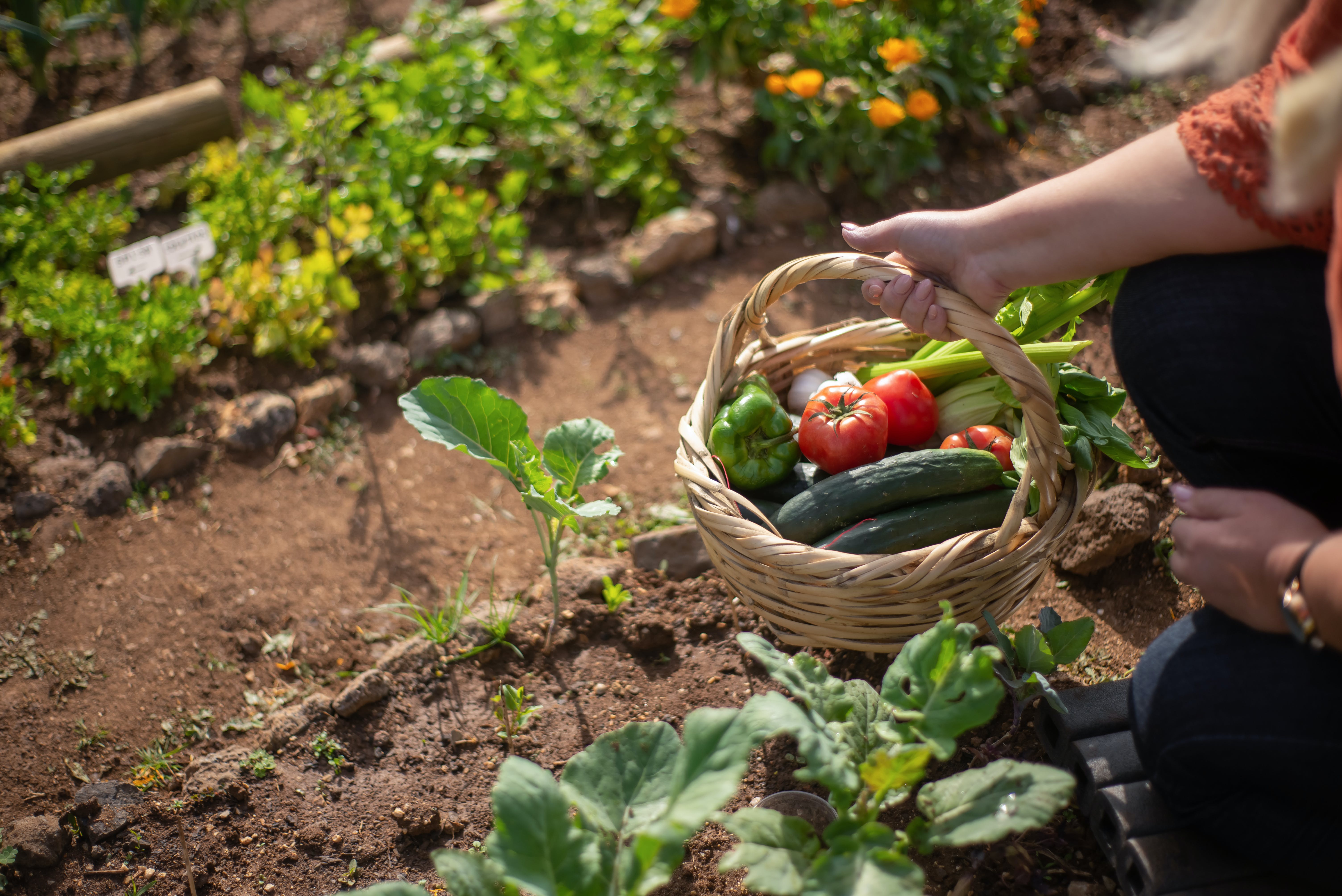
1. Cultivate a Wildflower Meadow
Instead of a manicured lawn, how about a patch of wild beauty? These vibrant blooms not only bring a burst of colour but also draw in pollinators like bees and butterflies. Plus, you can bid farewell to the frequent mowing.
2. Plant a Mighty Tree
More than just a landscape feature, trees are nature’s very own superheroes. They act as natural air purifiers by absorbing CO2, offer cooling shade during hot summer days, and serve as cosy abodes for various wildlife. It’s a long-term investment with widespread benefits.
3. Embark on a Home-Grown Food Adventure
Transform a section of your garden into a mini farmstead. There’s unparalleled joy in harvesting your own produce. It’s fresher, devoid of harmful chemicals, and cuts down the carbon emissions associated with transporting food. Plus, it’s a step closer to self-sustainability.
Each of these ideas is a small stride towards a more sustainable and harmonious relationship with nature.
Elevate Your Garden Sustainably with Green Team Landscaping!
Leverage our 15 years of expertise to transform your outdoor space. At Green Team Landscaping, not only do we craft captivating garden designs across North London, but we’re also passionate about environmentally conscious methodologies. Whether you’re envisioning elegant decking, serene water features, winding garden paths, or lush lawns, we promise a sustainable approach and a flawless finish. Get in touch for a free quote today.

